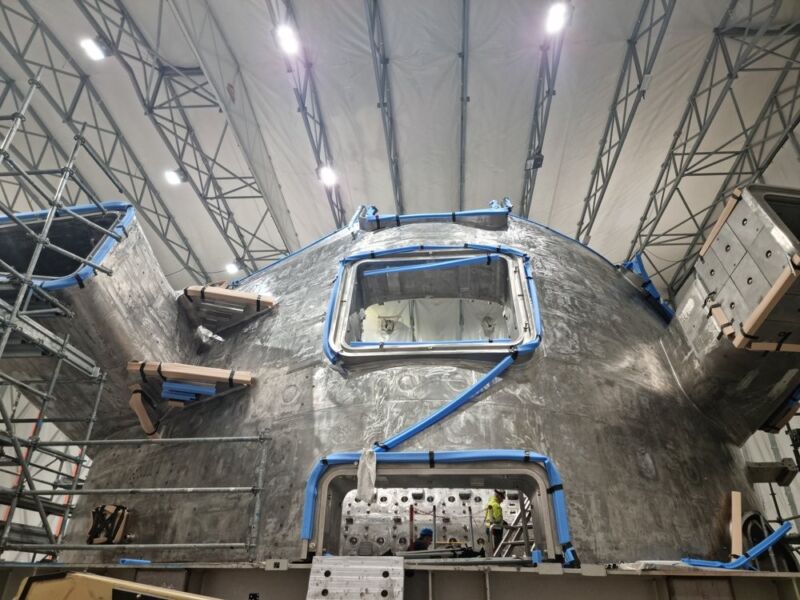ITER fusion reactor to see further delays, with operations pushed to 2034

Enlarge / One of the components of the reactor during leak testing. (credit: ITER)
On Tuesday, the people managing the ITER experimental fusion reactor announced that a combination of delays and altered priorities meant that its first-of-its-kind hardware wouldn't see plasma until 2036, with the full-energy deuterium-tritium fusion pushed back to 2039. The latter represents a four-year delay relative to the previous roadmap. While the former is also a delay, it's due in part to changing priorities.
COVID and construction delays
ITER is an attempt to build a fusion reactor that's capable of sustaining plasmas that allow it to operate well beyond the break-even point, where the energy released by fusion reactions significantly exceeds the energy required to create the conditions that enable those reactions. It's meant to hit that milestone by scaling up a well-understood design called a tokamak.
But the problem has been plagued by delays and cost overruns nearly from its start. At early stages, many of these stemmed from changes in designs necessitated by a better and improved understanding of plasmas held at extreme pressures and temperatures due to better modeling capabilities and a better understanding of the behavior of plasmas in smaller reactions.Read 7 remaining paragraphs | Comments
Welcome to Billionaire Club Co LLC, your gateway to a brand-new social media experience! Sign up today and dive into over 10,000 fresh daily articles and videos curated just for your enjoyment. Enjoy the ad free experience, unlimited content interactions, and get that coveted blue check verification—all for just $1 a month!
Account Frozen
Your account is frozen. You can still view content but cannot interact with it.
Please go to your settings to update your account status.
Open Profile Settings